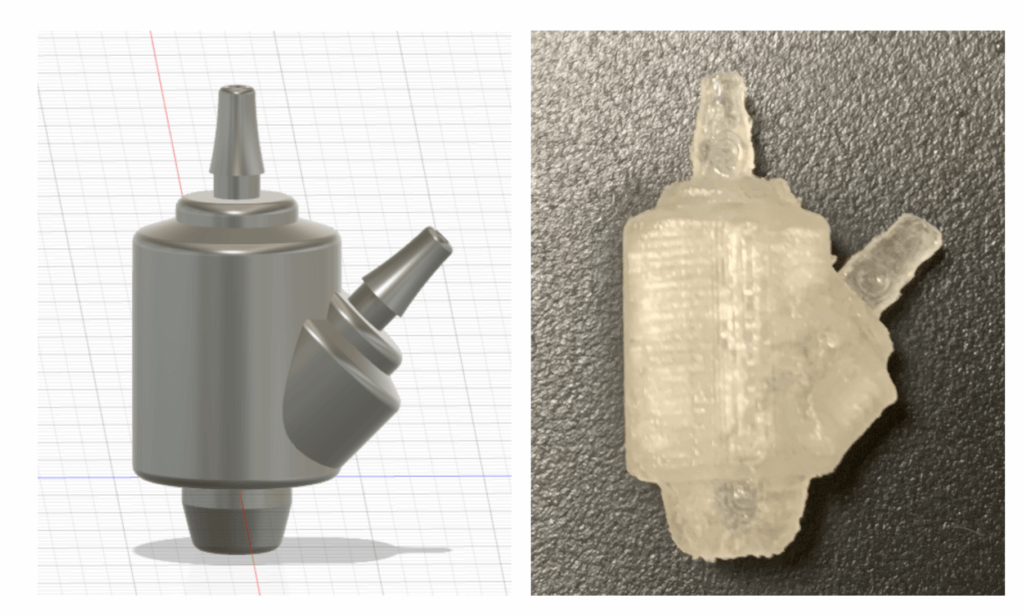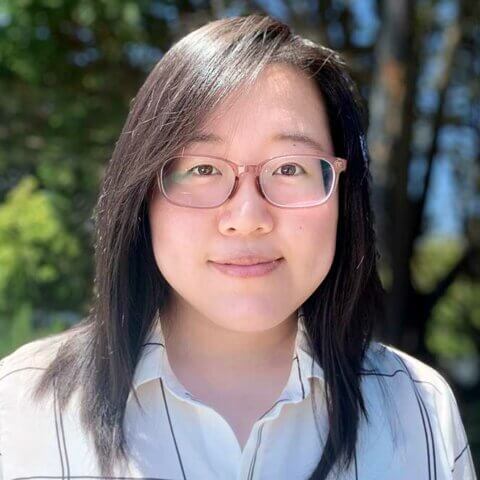This week’s maker is Neel Pasricha, MD, assistant professor of ophthalmology in the UCSF Department of Ophthalmology. Let’s take a look at his project.
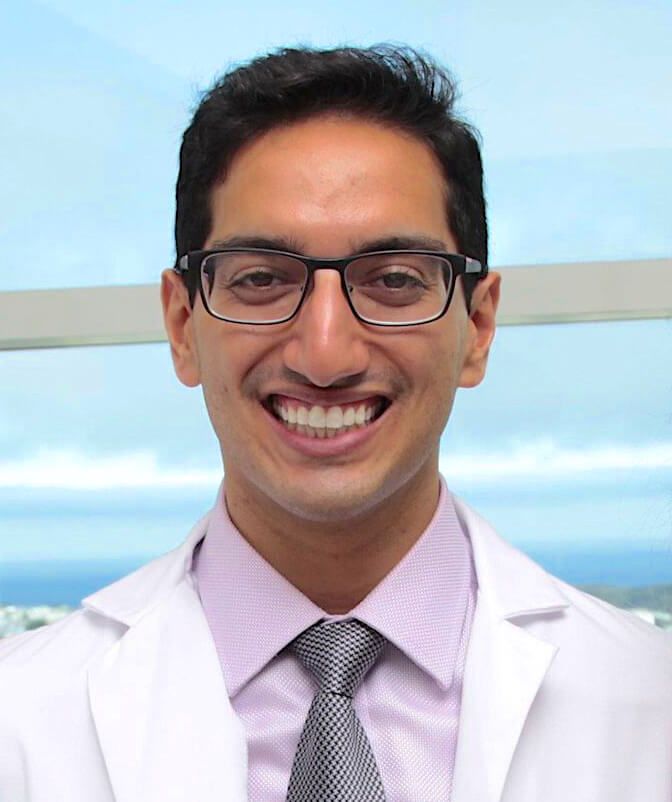
Q: What did you make?
We 3D-printed a perfusion chamber to allow for fluid to only contact the cornea (clear window at the front of the eye) without any fluid spilling over to the conjunctiva (clear membrane covering the white part of the eye). The perfusion chamber is being used for research purposes and does not come into contact with a patient.
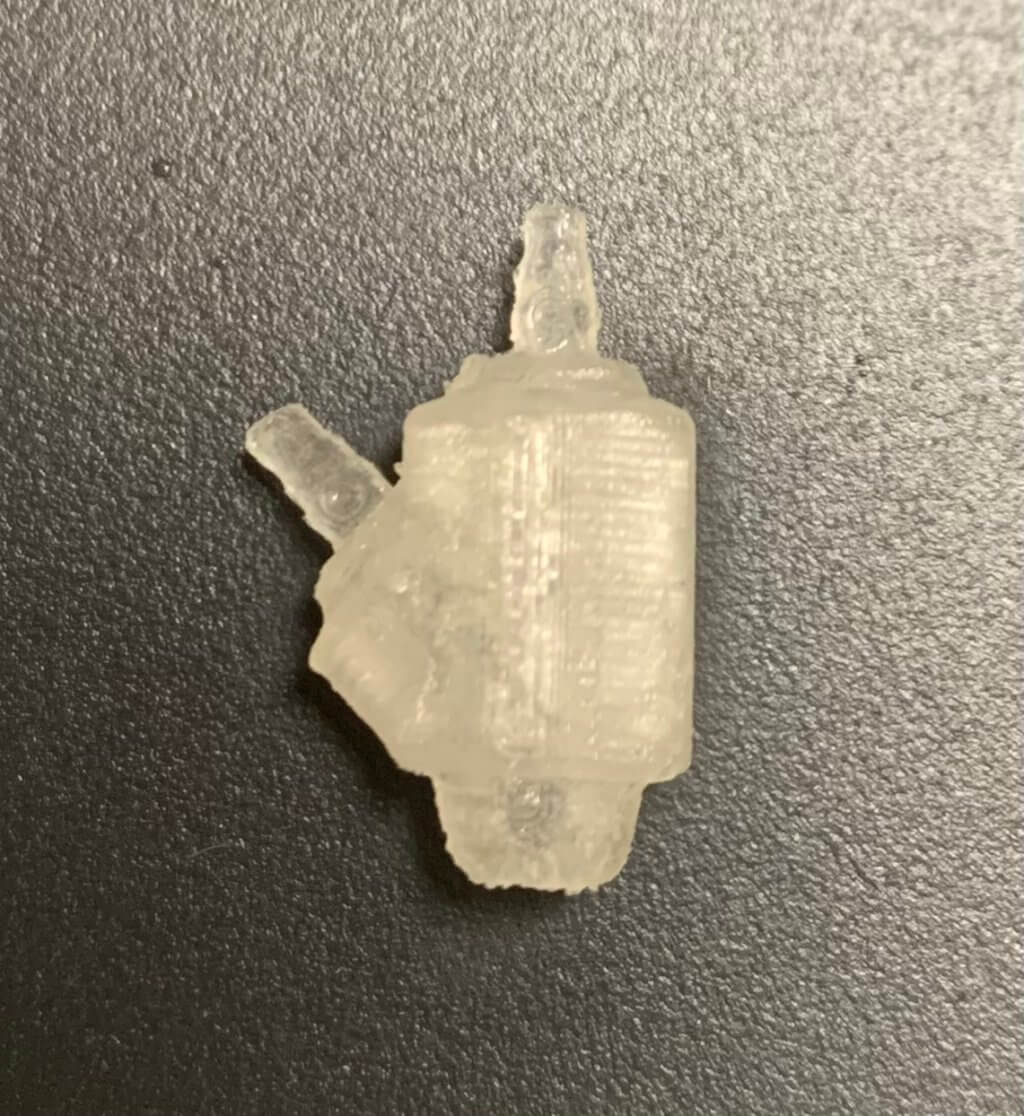
Q: Why did you want to make it?
The 3D-printed perfusion chamber will allow us to isolate the cornea from the conjunctiva for electrophysiology studies in which we measure the activity of various ions (e.g. sodium, potassium, chloride, etc) in the tear film. This will expand our fundamental knowledge of ion transport on the ocular surface and hopefully lead to new therapies for patients!
Q: What was your process?
Makers Lab made the process very straightforward! I sent a message through the UCSF Library website with the idea and Jenny Tai (Makers Lab Engineer) arranged a Zoom call to discuss the idea further.
Q: What was the hardest part of the process?
The hardest part was finding a material that was as clear as possible but also smooth and watertight. We settled on clear polypropylene with PVA (polyvinyl alcohol) support, which worked great!
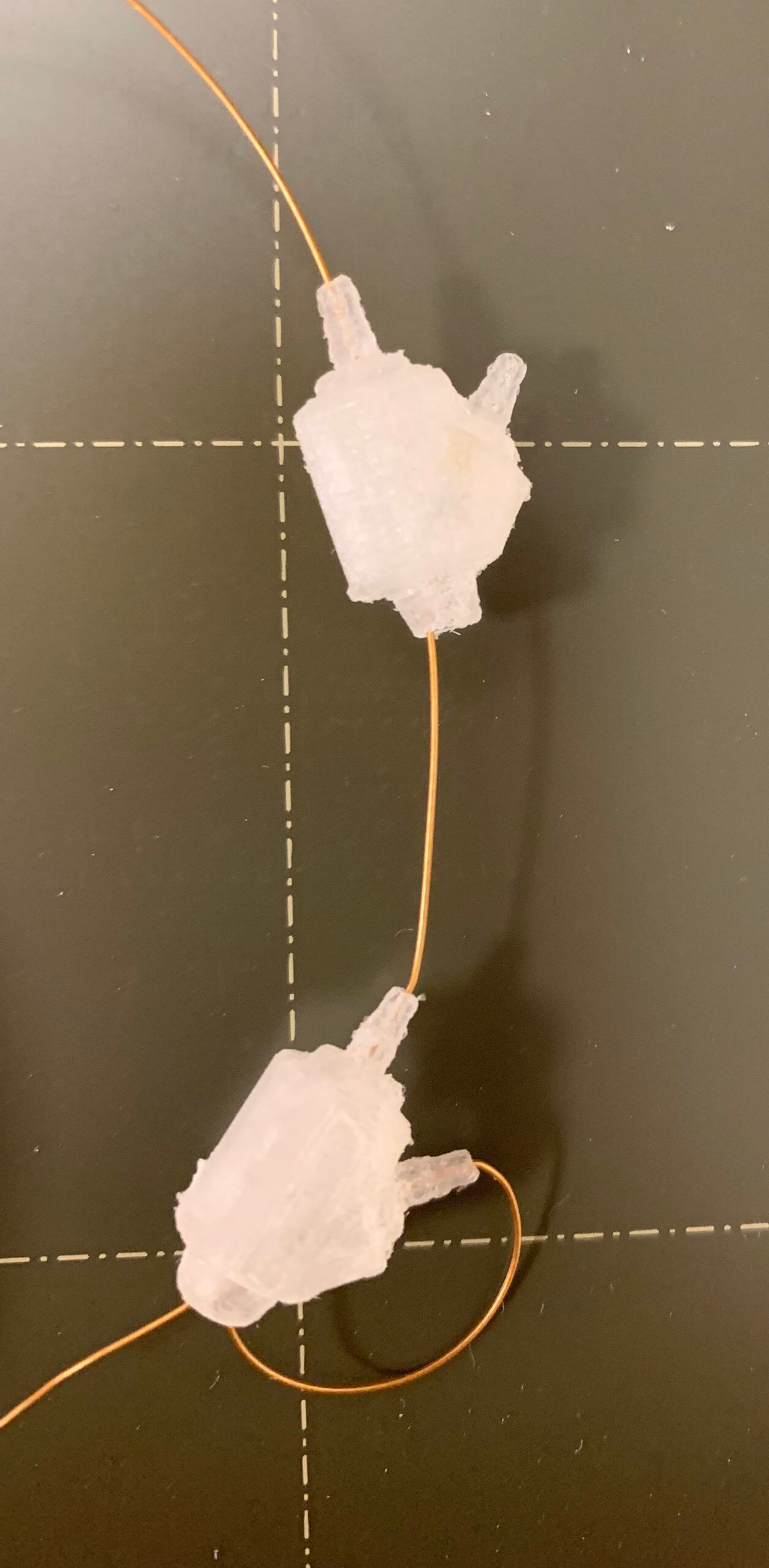
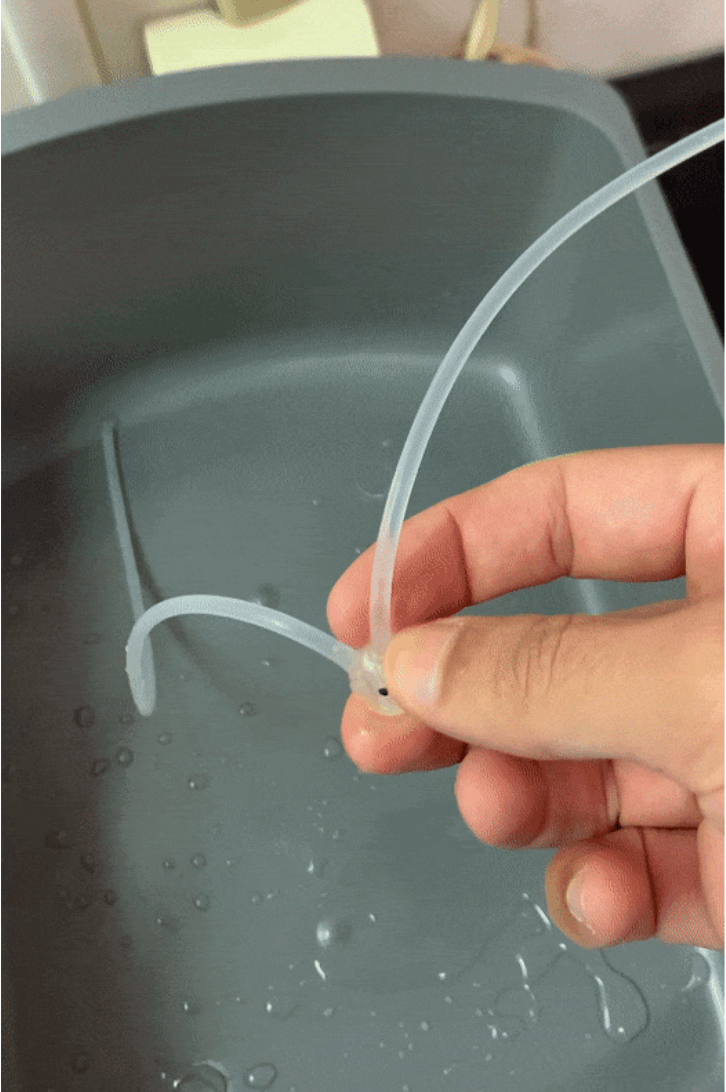
Q: What was your favorite part of the process?
Working with Jenny Tai to design and modify versions through trial and error was definitely the highlight! She had so much patience and knowledge that made working together a true pleasure.
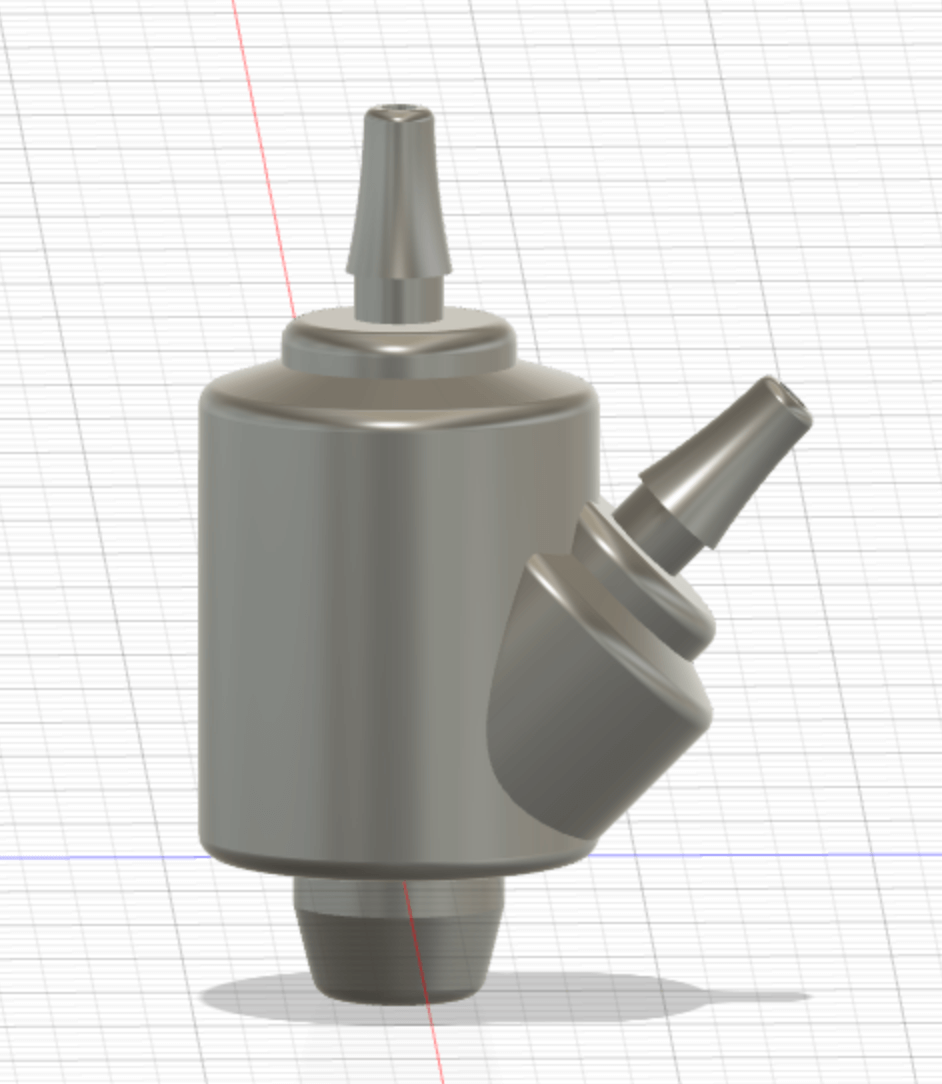
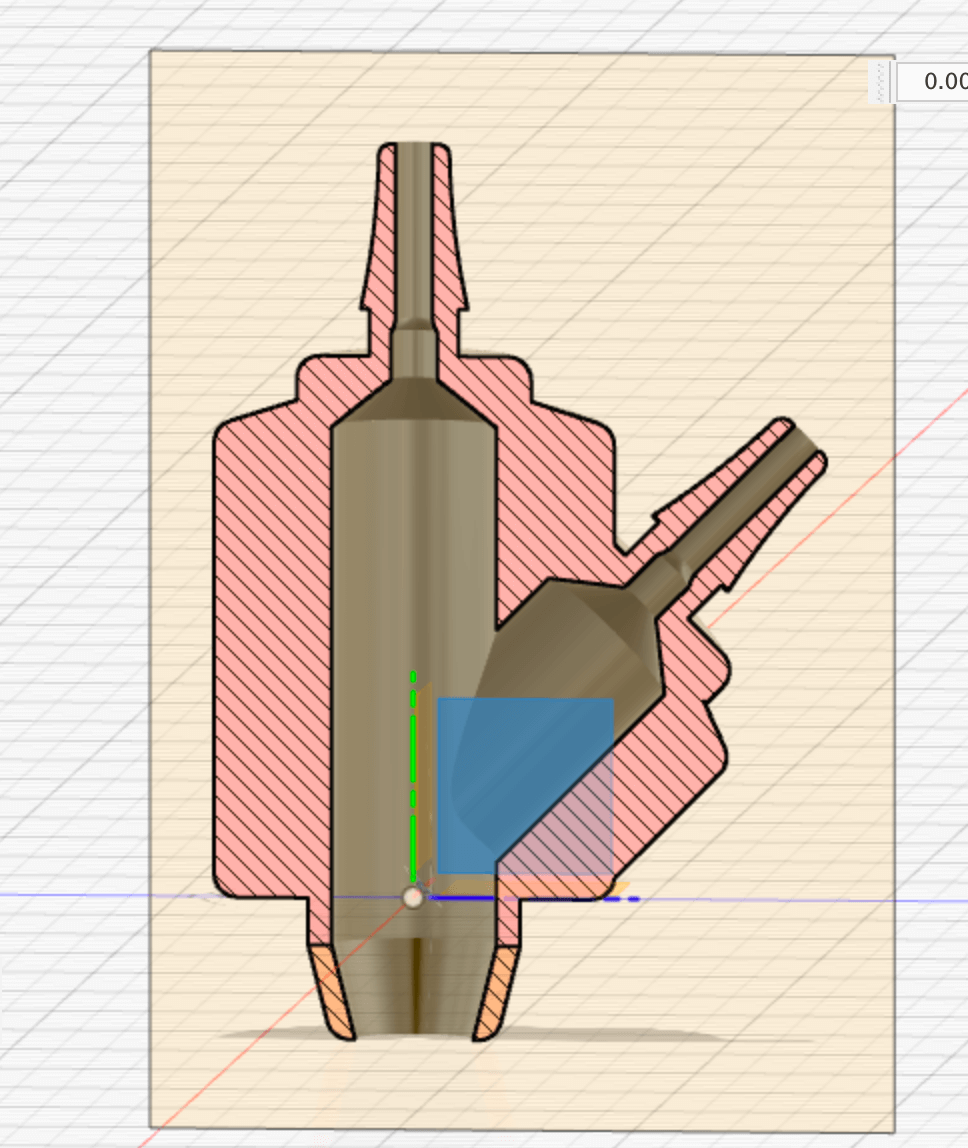
Q: How did this help make you a better faculty?
As a clinician-scientist, I have no doubt this 3D printed perfusion chamber will lead to exciting research results to better understand the physiology of the cornea, which ultimately may lead to improved therapies for ocular surface diseases like dry eye disease.
Q: What do you want to make next?
The Makers Lab is such a special place where ideas become reality! Although I have no specific ideas right now, I am already looking forward to working together with the Makers Lab team in the future.
